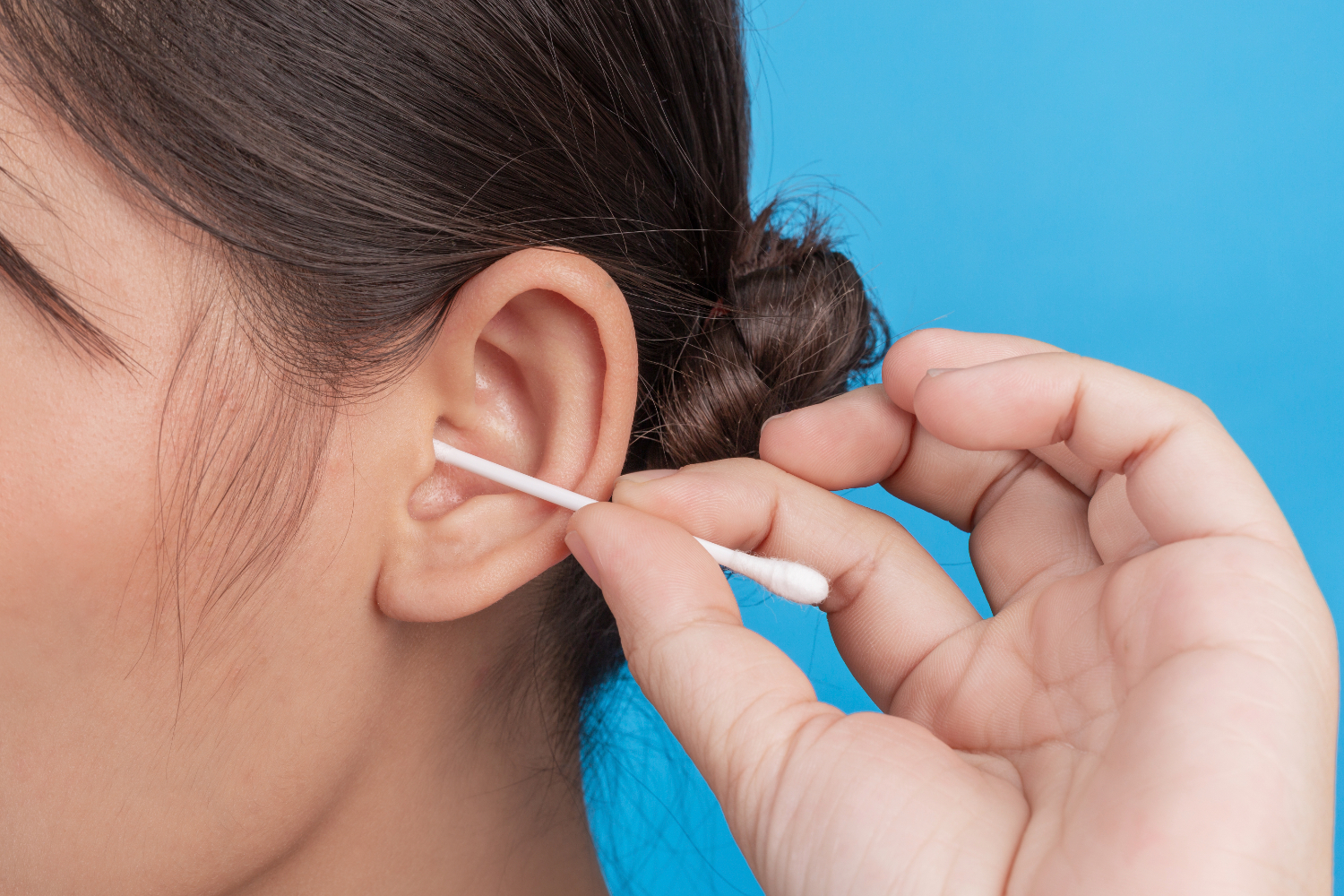Calls for Ukraine
Calls for Europe
Calls for USA

Most treatments for Parkinson‘s disease (PD) only slow the progression of the disease. Therefore, early intervention is crucial to optimize treatment for this neurological disease, which worsens over time, but this requires early diagnosis. Existing tests, such as clinical assessment scales and neuroimaging, can be subjective and expensive. Researchers shared their initial results from developing a system that allows for inexpensive screening for PD based on the odor of human earwax in the journal ACS’ Analytical Chemistry.
Previous studies have shown that changes in sebum, an oily substance secreted by the skin, can help identify people with PD. In particular, the sebum of people with PD may have a characteristic odor because the volatile organic compounds (VOCs) secreted by sebum change as the disease progresses, including as a result of neurodegeneration, systemic inflammation, and oxidative stress. However, when sebum on the skin is exposed to environmental factors such as air pollution and humidity, its composition can change, making it an unreliable means of testing. But the skin inside the ear canal is protected from external factors. Therefore, Hao Dong, Danhua Zhu, and their colleagues decided to focus their efforts on screening for PD using earwax, which consists mainly of sebum and is easy to sample.
To identify potential VOCs associated with PD in earwax, the researchers took swabs from the ear canals of 209 people (108 of whom had been diagnosed with PD). They analyzed the collected secretions using gas chromatography and mass spectrometry. Four of the VOCs detected by the researchers in the ear secretions of people with PD differed significantly from the VOCs in the ear secretions of people without the disease. They concluded that these four VOCs, including ethylbenzene, 4-ethyltoluene, pentanal, and 2-pentadecyl-1,3-dioxolane, are potential biomarkers for PD.
Dong, Zhu, and their colleagues then trained an artificial intelligence (AI) system using data on VOCs in earwax. The resulting AI-based screening model accurately separated earwax sampаles from people with and without PD with 94% accuracy. According to the researchers, the AI system can be used as a primary screening tool for early detection of PD and may pave the way for early medical intervention, thereby improving patient care.
This method is a small single-center experiment in China. The next step will be to conduct further studies at different stages of the disease, in several research centers, and among several ethnic groups to determine whether this method has greater practical value.
Please rate the work of MedTour
